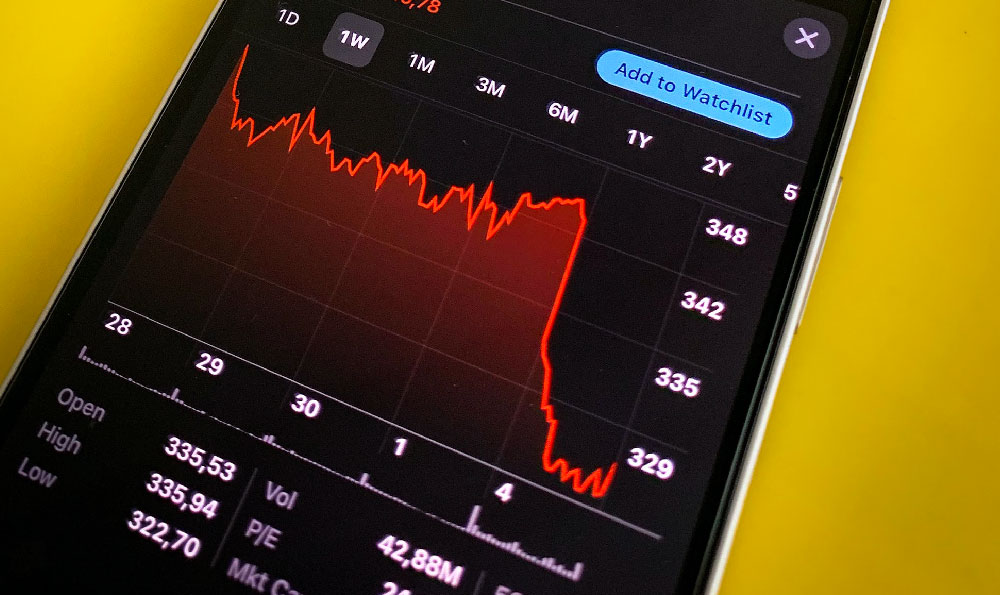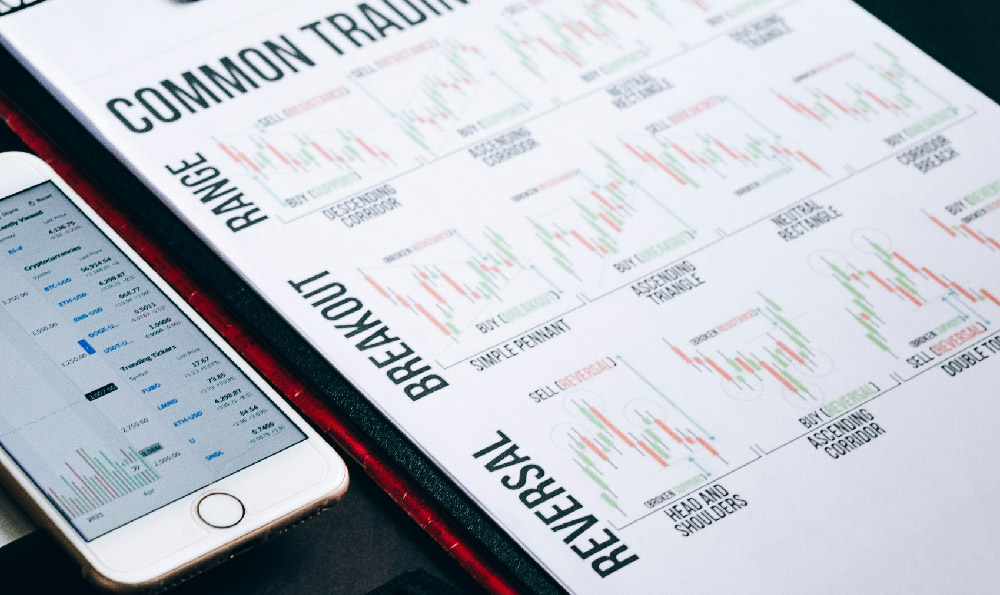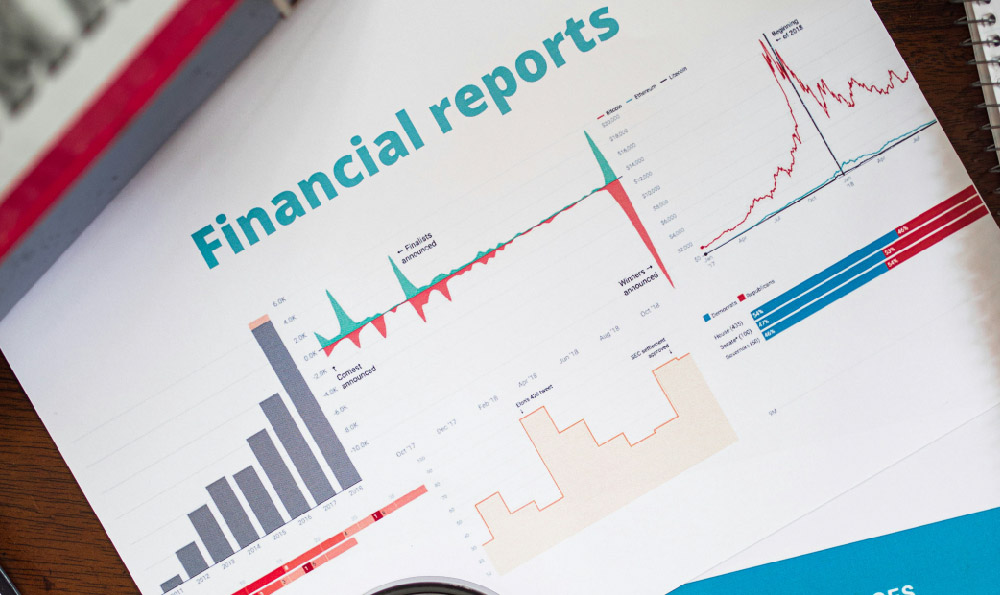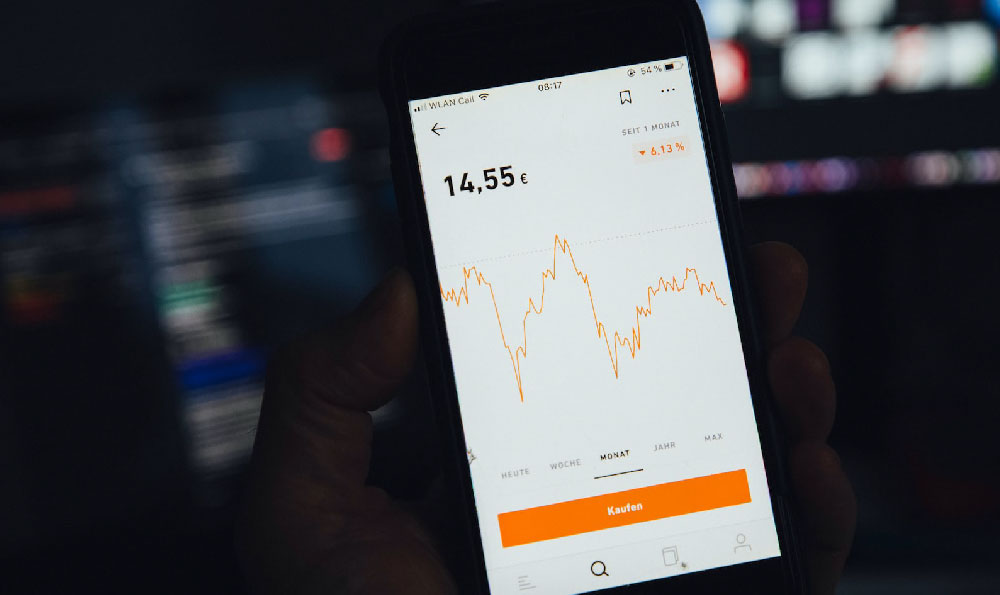How Daymond John Engineered FUBU Into a $300 Million Streetwear Empire: Startup Secrets Revealed
The journey from a cramped Queens house basement to a $300 million fortune reads like an urban legend. Yet, for Daymond John, it's a meticulously crafted reality built stitch by stitch through FUBU – "For Us, By Us." His ascent wasn't mere luck; it was a masterclass in resourcefulness, branding genius, and understanding a neglected market. Let's dissect the foundational strategies that transformed a homemade hat idea into a global streetwear phenomenon.
Roots in the Hustle: The Queens Foundation
John's entrepreneurial spark ignited early. Growing up in Queens, New York, he witnessed firsthand the ingenuity needed to survive and thrive. By age ten, he was selling pencils door-to-door. Later, while balancing jobs as a waiter and airport worker, he recognized a powerful cultural shift on his doorstep.

- Observing the Cultural Gap: The mid-90s hip-hop scene was exploding, defining fashion trends for a massive, largely underserved youth demographic.
- Spotting the Opportunity: High-end brands dominated the market, demanding premium prices far out of reach for many young people. Authenticity felt lacking. John sensed a hunger for apparel rooted deeply in the culture and community driving the trend – apparel "For Us, By Us."
- Identifying the Pain Point: There was a chasm between the aspirational style defined by hip-hop and the accessibility & authenticity young consumers craved. FUBU was conceived to bridge that gap.
From Basement Beginnings to Manufacturing Mayhem: The Bootstrapped Grind
Armed with a sewing lesson from his mother (and her sewing machine) and a radical idea, John started small, literally in his mother's basement in Hollis, Queens, around 1992.
- Radical Bootstrapping: Initially, John financed everything himself, working exhausting hours at Red Lobster while cutting and sewing wool hats at night.
- The $800,000 Gambit: Early success with the hats – driven by local visibility and hustle – revealed a larger demand for tops. Unable to secure traditional financing, John took a staggering risk: he convinced his mother to remortgage their family home, securing roughly $100,000. He maxed out personal credit cards, accumulating nearly $300,000 in personal debt.
- Creative Inventory Financing: The critical breakthrough came through sale or return agreements. Local small retailers agreed to take shirts on consignment – they only paid after selling the goods. This drastically reduced upfront cash needs while providing crucial market access and proof of concept.
- The Power of Debt (As a Tool): Unlike many who fear debt, John understood its strategic use as fuel for growth, provided the underlying business model could generate returns exceeding the borrowing cost. FUBU proved it could.
Marketing Genius: Authenticity, Community & The LL Cool J Miracle
FUBU's marketing wasn't about big ad budgets; it was rooted in authenticity and guerrilla tactics that resonated powerfully with its core audience.
- Embedded in the Culture: Instead of dictating trends, FUBU emerged from the streets. John and his co-founders (J. Alexander Martin, Keith Perrin, and Carl Brown) were the culture they served. They wore FUBU relentlessly, seeding garments locally in NYC, at basketball courts, block parties, and clubs.
- The Infamous Tag Placement: Understanding the deep-seated desire for brand visibility within the hip-hop community, John made the then-unconventional move of placing the FUBU logo prominently on the outside of garments, especially the left sleeve. This became an iconic signature.
- The "FUBU The Cause" Tagline: More than just clothing, FUBU tapped into a message of empowerment and community ownership. The tagline wasn't just branding; it was a rallying cry resonating powerfully with young Black consumers seeking representation.
- The LL Cool J Bomb: The legendary moment came in 1995 during a Gap photoshoot featuring LL Cool J. John persistently requested the rapper wear a FUBU hat in just one shot. Cool J agreed, draping his arm strategically over the Gap logo in the chosen photo, making the bright yellow FUBU hat the focal point. When the Gap ad aired during the MTV Video Music Awards featuring LL Cool J wearing the FUBU hat, it was cultural catnip. The impact was seismic – FUBU instantly became synonymous with authenticity endorsed by the culture's biggest icons. Crucially, LL Cool J did it as a favor, highlighting the power of relationships and genuine belief in the brand.
Scaling Beyond the Streets: Mastering Distribution & Negotiation
Generating local buzz was one thing; building a national and international empire required strategic navigation of traditional retail channels.
- Penetrating MAGIC: John famously bought a cheap booth at the back of the massive MAGIC trade show in Las Vegas, initially ignored by major buyers. Undeterred, he and his partners created buzz right in front of the show entrance, literally stopping buyers as they walked in. The guerrilla tactic sparked interest that flowed back to their booth.
- Capitalizing on Credibility: The LL Cool J endorsement and nascent buzz provided crucial leverage. Department store buyers who had previously ignored FUBU were suddenly forced to take notice. Understanding the psychology of retail buyers – fearful of missing the "next big thing" – was key.
- Leveraging Bankruptcies: When a major Macy's supplier went bankrupt, FUBU, owed money, negotiated a deal to directly supply Macy's with existing FUBU stock at a discount – significantly cheaper than manufacturing new inventory. This brilliant arbitrage of others' misfortune secured key shelf space in a major retailer instantly. Similar deals were struck elsewhere.
- Demand Creation Strategy: They understood scarcity and hype. FUBU deliberately supplied fewer pieces than demanded by major retailers initially, creating exclusivity and fuelling consumer desire and retailer clamor. They then expanded distribution channels steadily.
Building a Cultural Institution, Not Just a Brand
FUBU transcended fashion; it became a potent symbol. John grasped that they weren't merely selling clothes; they were selling identity, belonging, and a piece of the burgeoning hip-hop movement's power.
- Empowerment at the Core: The "For Us, By Us" ethos wasn't a gimmick; it was deeply embedded in the company's DNA, attracting fiercely loyal customers who saw themselves reflected in the brand.
- Part of the Movement: FUBU actively engaged with hip-hop culture – sponsoring events, supporting artists (beyond just clothing), and staying authentic to the streets. This continuous connection prevented it from becoming a transient fad.
- Value Beyond Dollars: The brand accrued immense cultural capital, allowing FUBU to command premium pricing despite its aspirational accessibility relative to luxury houses. Consumers were buying into a statement as much as a shirt.
Legacy and Endurance: Beyond the Fashion Peak
FUBU reached dizzying heights in the late '90s and early 2000s, generating hundreds of millions in annual revenue. While the brand faced challenges due to shifting streetwear landscapes and company decisions (moving towards licensing led to quality control issues and brand dilution), its impact was undeniable. John leveraged his FUBU experience, negotiating skills, marketing genius, and cultural fluency into a multimillion-dollar career as an investor and star of ABC's "Shark Tank," significantly augmenting his net worth beyond the FUBU era.
John's story offers profound lessons in self-belief and leveraging limited resources. He proved deep understanding of your core audience is paramount; authenticity is priceless marketing capital; taking calculated, massive risks is often necessary; relationships and cultural connections can be more potent than ad budgets; strategic thinking about finance and distribution fuels scaling; and that brand can become a movement when it represents something powerful for its community.
(Frequently Asked Questions)
Q: Was FUBU really founded with just Daymond John's mother's sewing machine? A: Absolutely. The genesis was in his mother's basement in Queens. He taught himself to sew using her machine, producing the initial batches of signature wool hats entirely himself on a shoestring budget.
Q: Why was the "LL Cool J Gap" moment so crucial for FUBU? A: It provided unparalleled, massive national exposure free of charge during a pivotal cultural event (MTV VMAs). More importantly, it was a powerful, authentic endorsement from a hip-hop icon, instantly granting FUBU immense credibility and desirability within its target market, proving authenticity sells itself.
Q: How did John manage to secure major retail distribution starting from such a small base? A: Through pure hustle, leveraging proof of local success through consignment deals, creating massive buzz at the MAGIC trade show using guerrilla tactics, and crucially, capitalizing on opportunities like the Macy's supplier bankruptcy to secure shelf space faster than manufacturing alone would allow. Understanding buyer psychology was key.
Q: What's the most underappreciated factor in FUBU's initial explosion? A: The power of the "For Us, By Us" ethos itself. It wasn't just a tagline; it tapped into a profound sense of cultural pride and lack of representation. It transformed FUBU from a clothing line into a symbol of empowerment for a massive, underserved demographic, creating unmatched loyalty and word-of-mouth marketing.
Q: What's the biggest lesson entrepreneurs can learn from Daymond John's FUBU journey? A: The power of resourcefulness trumps initial lack of capital. John demonstrated that deep market understanding, unwavering self-belief, the courage to take big personal risks calculated on validated demand, authentic community connections, and brilliant, unconventional tactics can overcome massive financial limitations to build an empire.












